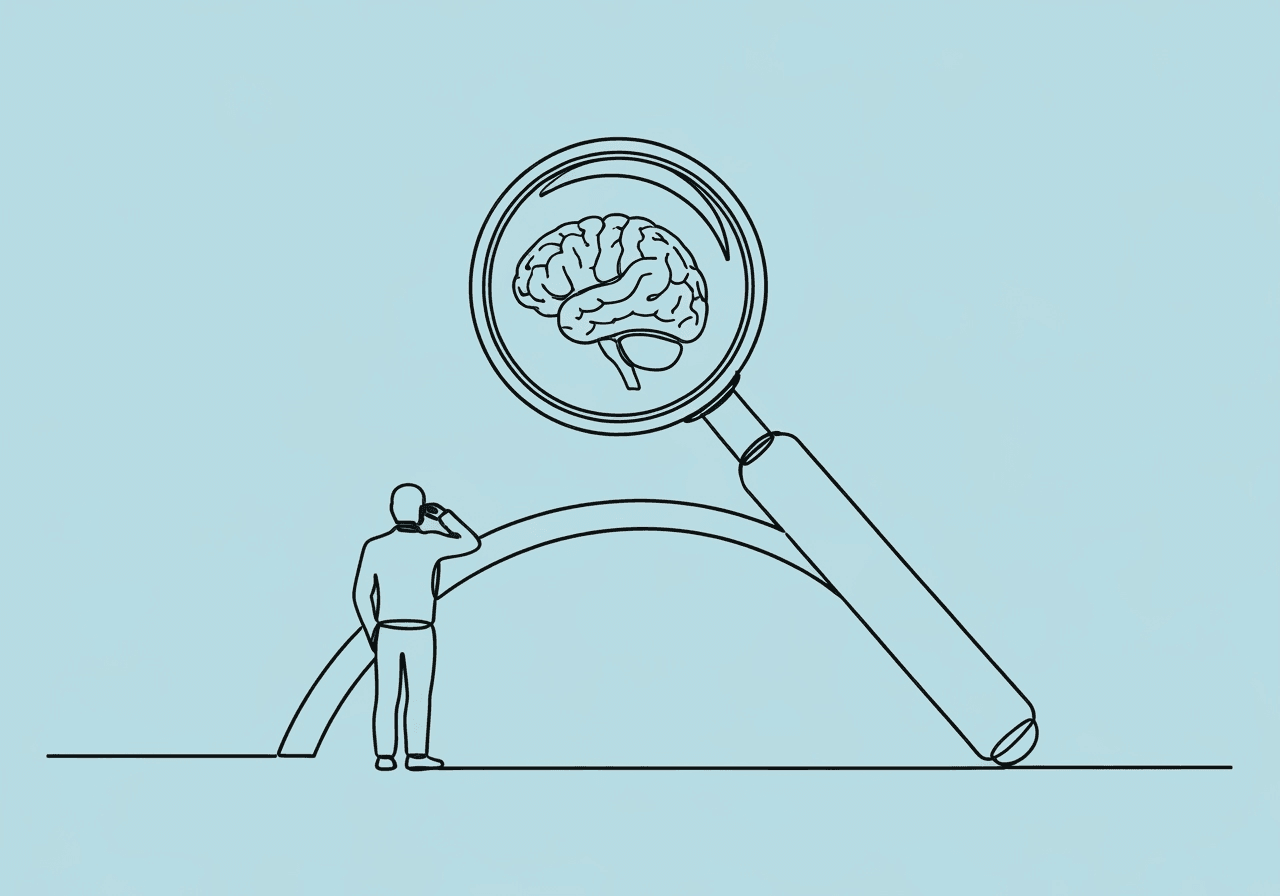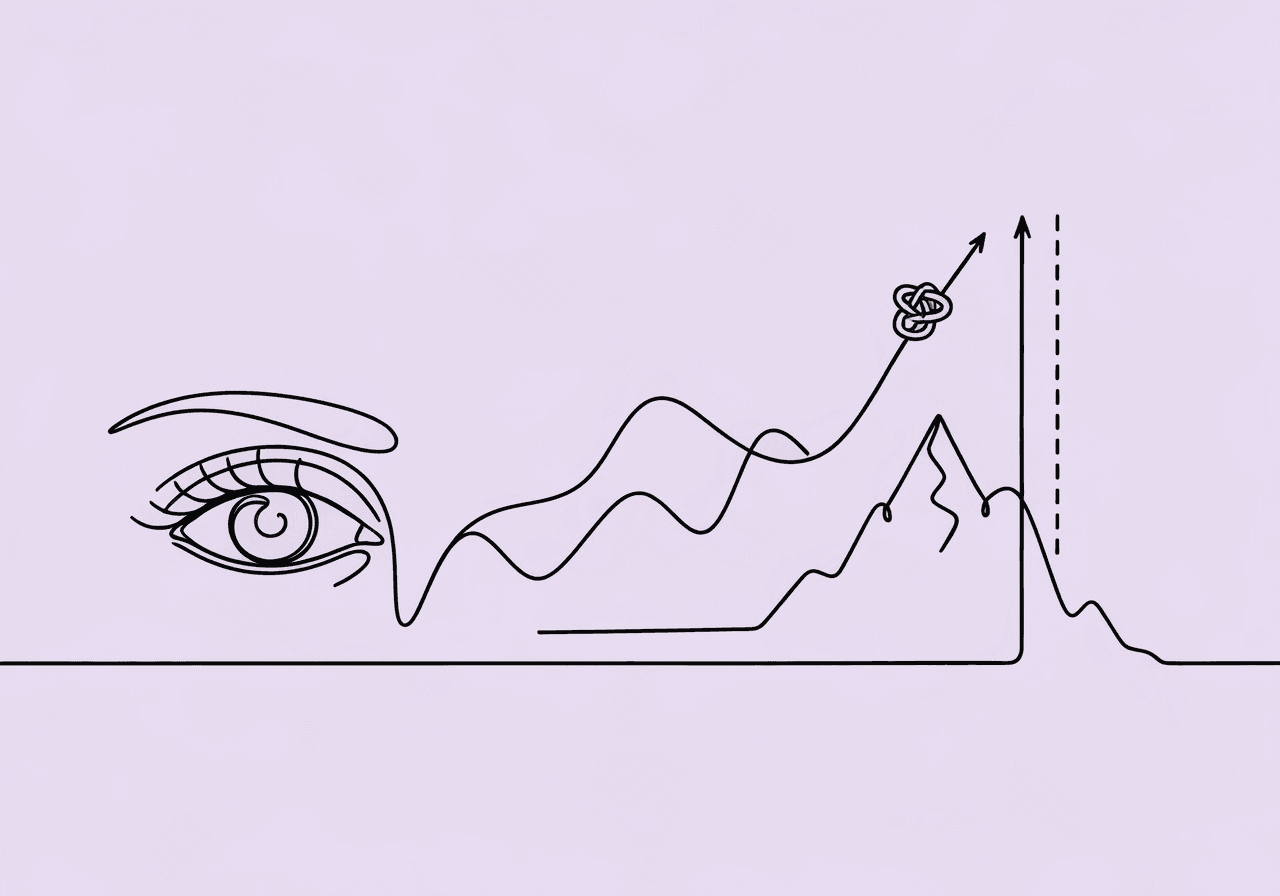Clearing Motivating Operations Terminology Confusion in ABA

Imagine a therapy session where a child's sudden disinterest throws off your entire plan—that's the power of Motivating Operations in action. In the fast-paced world of Applied Behavior Analysis (ABA), understanding Motivating Operations (MOs) is key for BCBAs and RBTs navigating complex client behaviors. Yet, Motivating Operations terminology and confusion often trip up even seasoned professionals, leading to misinterpretations in assessments and interventions. These environmental variables momentarily alter the value of reinforcers or punishers, directly influencing behavior frequency—without them, plans like Behavior Intervention Plans (BIPs) lose precision.
As a BCBA, you've likely encountered scenarios where a client's motivation shifts unexpectedly, derailing sessions. This glossary-style guide cuts through the confusion, drawing from established ABA principles to clarify core concepts. You'll gain actionable insights to refine your practice, whether during functional assessments or daily documentation.
In this article, you'll explore:
- An introduction to MOs and their foundational role.
- A breakdown of Establishing and Abolishing Operations.
- Clear distinctions between MOs and Discriminative Stimuli, with real-world examples.
- The nuances of Conditioned Motivating Operations subtypes.
- How MOs elevate BIPs and ABA documentation.
Key Takeaways on Motivating Operations
- MOs temporarily change how reinforcing a stimulus feels, directly affecting behavior.
- Distinguishing MOs from discriminative stimuli prevents common errors in functional assessments.
- Conditioned MOs add learned layers to motivation, helping tailor interventions for individual clients.
- Tracking MOs in documentation boosts the precision and effectiveness of behavior plans.
- Addressing Motivating Operations terminology and confusion leads to more ethical, data-driven ABA practice.
Introduction to Motivating Operations in ABA
Motivating Operations represent a cornerstone of behavioral theory, first formalized by Michael (1982) and later expanded in ABA frameworks. According to the Journal of Applied Behavior Analysis (2000), MOs are environmental events that temporarily change the reinforcing or punishing effectiveness of a stimulus, while also altering the current frequency of behaviors relevant to that stimulus. This dual effect—value-altering and behavior-altering—distinguishes MOs from static antecedents.
Those working with clients often face a common pain point: why the same intervention works one day but fails the next. Consider a client with autism who engages more during hunger (an MO increasing food's value) but withdraws when satiated. Industry resources like the Behavior Analyst Certification Board (BACB) Task List (5th ed.) emphasize MOs in competent practice, as they inform precise functional behavior assessments (FBAs). Without this lens, documentation risks overlooking motivational shifts, leading to ineffective plans.
MOs fall into unconditioned (innate, like thirst) and conditioned (learned) categories, but confusion arises when blending them with other concepts like discriminative stimuli. This guide prioritizes clarity, using verified examples to build your expertise. Resolving Motivating Operations terminology and confusion here can sharpen your approach to daily challenges.
Deep Dive into Establishing Operations and Abolishing Operations
Establishing Operations (EOs) and Abolishing Operations (AOs) form the binary framework within motivating operations, often muddled in terminology discussions. An EO increases the momentary value of a reinforcer or punisher, evoking behaviors that produce escape or access. In contrast, an AO decreases that value, abating such behaviors. This distinction, rooted in Laraway et al. (1999) from the Journal of Applied Behavior Analysis (2000), helps BCBAs predict behavior surges or lulls.
Take hunger as a classic EO: it heightens food's reinforcing power, prompting a child to request snacks more frequently during sessions. According to Above and Beyond Therapy (2023), this unconditioned EO explains why snack deprivation before therapy boosts compliance in skill-building tasks. Conversely, post-meal satiation acts as an AO, reducing food-seeking and potentially engagement if edibles are the primary reinforcer.
Practical application requires monitoring these operations in real time. For instance:
- EO Example: Sleep deprivation (an unconditioned EO) amplifies the value of quiet time, increasing a client's likelihood of completing quiet activities.
- AO Example: After accessing a preferred toy, its value drops (AO), decreasing motivation for related behaviors like sharing.
Teams can document these in session notes to track patterns, enhancing intervention fidelity. Confusion often stems from assuming EOs/AOs are permanent—they're transient, demanding ongoing observation.
Differentiating Motivating Operations from Discriminative Stimuli in ABA
One of the most persistent sources of Motivating Operations terminology and confusion is mixing MOs with Discriminative Stimuli (SDs), yet they serve distinct roles in ABA. An MO alters the value of a consequence (e.g., making water more desirable when thirsty), evoking or abating behavior even without cues. An SD, however, signals the availability of reinforcement, controlling when a behavior is likely to be reinforced based on past contingencies.
This differentiation is critical for accurate FBAs, as outlined in Cooper et al.'s Applied Behavior Analysis (3rd ed., 2020). MOs operate independently of learned histories for their value-altering effect—thirst (MO) might drive a client to seek water anywhere—while SDs require prior association, like a therapist's prompt (SD) indicating praise is forthcoming for compliance. Big Dreamers ABA (2024) notes that MOs can evoke behavior sans SD, but SDs alone rarely motivate without underlying value.
Consider practical ABA examples:
- MO Scenario: A learner skips breakfast (EO as MO), heightening the value of edible reinforcers during discrete trial training. Behavior increases regardless of prompts.
- SD Scenario: The therapist's "Good job" gesture (SD) signals token reinforcement is available, but if the learner is satiated (AO as MO), the behavior won't surge.
- Combined Interaction: Thirst (MO) motivates drinking, while a water fountain sign (SD) indicates accessibility, amplifying the response.
Misconceptions arise when viewing SDs as motivational; they guide, not drive. Clarifying this in team trainings prevents errors in stimulus control.
| Key Difference | Motivating Operation (MO) | Discriminative Stimulus (SD) |
|---|---|---|
| Primary Effect | Changes how reinforcing a stimulus feels, shifting behavior rates | Indicates when a behavior might get reinforced, based on history |
| Dependency | Works on its own, like basic needs driving action | Needs past learning to signal opportunities effectively |
| ABA Example | Fatigue ramps up the need for rest, prompting quiet pursuits | A timer buzzing means break time is here, cueing relaxation |
Understanding the Three Types of Conditioned Motivating Operations
Conditioned Motivating Operations (CMOs), a secondary keyword in ongoing ABA discourse, emerge from learning histories, unlike innate unconditioned MOs. They add layers to Motivating Operations terminology and confusion, as their effects depend on pairings with other operations. CMOs subdivide into surrogate (CMO-S), reflexive (CMO-R), and transitive (CMO-T), per Michael (2000) in the Journal of Applied Behavior Analysis (2000).
A CMO-S (Surrogate) acquires MO status through repeated pairing with an established MO, directly evoking behavior. For example, a specific chime (CMO-S) paired with hunger cues becomes reinforcing for food access, even without actual deprivation. Bright Path Behavior highlights this in therapy, where a visual schedule (CMO-S) gains value from linking to preferred activities.
CMO-R (Reflexive) signals impending worsening conditions, increasing escape behaviors. A looming deadline (CMO-R) heightens the value of task completion to avert stress. Magnet ABA (2024) describes this as an "alarm" effect, like a client's anxiety before transitions, motivating compliance to avoid escalation.
Finally, CMO-T (Transitive) makes one stimulus more valuable by facilitating access to another reinforcer. Holding a locked iPad (CMO-T) elevates a PIN's value, as it unlocks the device. Bright Path Behavior provides an ABA case: a learner's motivation for a pencil (CMO-T) surges when it enables drawing (reinforcer), aiding skill acquisition.
These types interact dynamically:
- Use CMO-S for predictable routines.
- Leverage CMO-R to preempt problem behaviors.
- Apply CMO-T in chaining tasks.
Assessing CMOs via indirect methods, like parent interviews, helps tailor interventions without ethical overreach.
The Role of MOs in Crafting Effective Behavior Intervention Plans and Documentation
Integrating MOs into Behavior Intervention Plans (BIPs) transforms generic strategies into targeted tools, directly addressing Motivating Operations terminology and confusion in practice. MOs inform antecedent manipulations, ensuring reinforcements align with current values for sustainable change. As per Discovery ABA (2024), BIPs without MO consideration risk failure, as behaviors tied to unmet motivations persist.
In BIP development, MOs guide proactive elements. For escape-maintained behaviors, identifying an EO like task overload allows embedding breaks to abolish aversion. Ambition's ABA (2024) stresses documenting MO fluctuations—e.g., "EO: Pre-session deprivation increased edible efficacy"—to track efficacy and comply with BACB standards.
Enhancing documentation, MOs add precision: Note how a CMO-T (e.g., a tool for play) led to noticeable improvements in manding rates in sessions, per functional analyses. This supports data-driven revisions, like adjusting schedules to harness EOs.
Key benefits include:
- Personalization: Match interventions to transient states, reducing problem behaviors.
- Efficiency: Proactive MO management shortens intervention timelines.
- Ethical Compliance: Aligns with BACB's emphasis on evidence-based, individualized care.
Ultimately, MOs elevate BIPs from reactive to predictive, fostering measurable progress.
Frequently Asked Questions
What are the main differences between Establishing Operations (EOs) and Abolishing Operations (AOs) in ABA?
EOs temporarily increase the reinforcing value of a stimulus, evoking related behaviors, while AOs decrease it, suppressing behaviors. For instance, thirst (EO) boosts water-seeking, but hydration (AO) reduces it. According to Langthorne and McGill (2009) in the Journal of Applied Behavior Analysis (2009), this binary aids in understanding motivation shifts without permanent changes.
How do Motivating Operations (MOs) interact with Discriminative Stimuli (SDs) in real ABA sessions?
MOs alter reinforcer value to motivate behavior, while SDs signal when reinforcement is available, guiding responses. In a session, fatigue (MO) might drive rest-seeking, but a break timer (SD) indicates it's accessible. Pass the Big ABA Exam (2024) explains their synergy: MOs provide "why," SDs the "when," enhancing control in therapies like FCT.
Can you provide examples of Conditioned Motivating Operations (CMOs) in everyday ABA practice?
CMOs are learned MOs, including surrogate (e.g., a cue paired with hunger motivating snacks), reflexive (e.g., a warning signal increasing escape behaviors), and transitive (e.g., a key valuing a door unlock for preferred items). Behavior Analyst Study (2024) notes their role in chaining skills, like using a visual prompt (CMO-T) to access toys during mand training.
Why are Motivating Operations important for Behavior Intervention Plans (BIPs)?
MOs clarify behavior functions, enabling tailored antecedents and consequences in BIPs to boost reinforcement efficacy. For example, addressing deprivation EOs prevents problem behaviors. Brighter Strides ABA (2024) highlights how MO integration leads to significant improvements in outcomes in studies, per functional assessments, ensuring adaptive, client-centered plans.
How do unconditioned MOs differ from conditioned MOs?
Unconditioned MOs (UMOs) are innate, like pain motivating escape, requiring no learning. Conditioned MOs (CMOs) develop through associations, such as a specific sound (CMO-S) evoking caution. Songbird Care (2024) differentiates: UMOs are universal (e.g., hunger), while CMOs are individualized, informing culturally sensitive ABA interventions.
What challenges arise when applying MOs in ABA therapy?
Timing MOs is tricky—excessive deprivation can frustrate, while satiation dulls effects. Apex ABA (2024) advises ongoing monitoring via ABC data to balance, avoiding ethical issues like undue stress. Challenges include individual variability, but tools like preference assessments mitigate this for reliable application.
Mastering Motivating Operations equips BCBAs to demystify behavioral drivers, turning terminology confusion into targeted expertise. From EOs/AOs to CMO subtypes, these concepts underscore how environmental shifts dictate intervention success, as evidenced in peer-reviewed ABA literature. Practical implications are profound: precise MO analysis refines FBAs, strengthens BIPs, and elevates documentation for HIPAA-compliant tools like those at Praxis Notes. Resolving Motivating Operations terminology and confusion ensures more reliable results across cases.
To apply this:
- Audit recent session notes for MO indicators, adjusting one BIP accordingly.
- Train RBTs on MO-SD distinctions via role-plays, referencing BACB guidelines.
- Integrate CMO tracking into your next FBA for a client with variable motivation.
Embrace MOs to deliver clearer, more effective ABA—your clients and teams will thrive.
(Word count: 1,756)
Popular in Behavior Analysis Concepts
- 1
ABA Prompting Hierarchy & Prompt Fading: RBT How-To Guide with Examples
5887 min read - 2
Functional Behavior Assessment ABA: Complete 2025 Guide [Step-by-Step]
5446 min read - 3
DRA vs DRI vs DRO vs DRL: The Clear RBT Comparison Guide
5289 min read - 4
Maladaptive Behavior ABA: The Complete Guide for RBTs & BCBAs [2025]
3637 min read - 5
Master IOA Formulas and Methods for Data Integrity
3148 min read
Popular in Behavior Analysis Concepts
- 1
ABA Prompting Hierarchy & Prompt Fading: RBT How-To Guide with Examples
5887 min read - 2
Functional Behavior Assessment ABA: Complete 2025 Guide [Step-by-Step]
5446 min read - 3
DRA vs DRI vs DRO vs DRL: The Clear RBT Comparison Guide
5289 min read - 4
Maladaptive Behavior ABA: The Complete Guide for RBTs & BCBAs [2025]
3637 min read - 5
Master IOA Formulas and Methods for Data Integrity
3148 min read
Related Resources
Explore more helpful content on similar topics

ABA Graph Analysis Terms: Level, Trend, Variability
Explore key ABA graph analysis terms: level, trend, and variability. Discover how BCBAs and RBTs use these visual properties to interpret data, make clinical decisions, and optimize interventions in behavior analysis.

Radical Behaviorism Glossary for ABA: Key Terms
Dive into the essential Radical Behaviorism glossary for ABA. Master terms like private events, mentalism, and explanatory fiction to craft objective session notes and precise FBAs. Ideal for BCBA and RBT professionals.

Essential Visual Analysis Terminology for ABA
Unlock essential Visual Analysis Terminology in ABA to master graph interpretation. Explore definitions for Level, Trend, Variability, Data Path, and more – ideal for BCBAs, RBTs, and professionals seeking to enhance behavioral analysis skills.